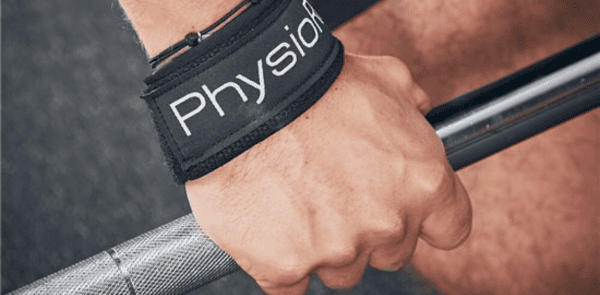Starting a weightlifting journey is an exciting path to a stronger and healthier you. However, success begins with the right training weights essentials. Whether you’re new to lifting or refining your routine, understanding the basics is key. So join us as explore the must-haves to boost your performance and protect your well-being. Read on, and let’s equip you for success!
Weightlifting Equipment
In this section, we’ll guide you through the essential equipment crucial for success:
1. Weightlifting shoes
Weightlifting shoes are special footwear crafted to improve your performance during weightlifting. With a raised heel, they help with proper squat depth by enhancing ankle mobility. The firm, non-compressible insole creates a stable base, supporting weight distribution and balance. These shoes minimise side-to-side movement, ensuring ideal form and reducing injury risks. The right weightlifting shoes greatly influence your stability, form, and overall lifting effectiveness.
2. Lifting belt

A staple in weightlifting, a lift belt offers lower back support during intense lifts. These belts, typically made of leather or nylon, wrap around the midsection. The primary benefit lies in the additional intra-abdominal pressure they provide. They stabilise the spine and ease the stress on the lower back. As they strengthen your core, this helps improve posture and boosts confidence.
Using one can significantly enhance both safety and performance in your routine. Whether you’re doing squats, deadlifts, or overhead presses — a lifting belt comes in handy.
3. Gloves or grips
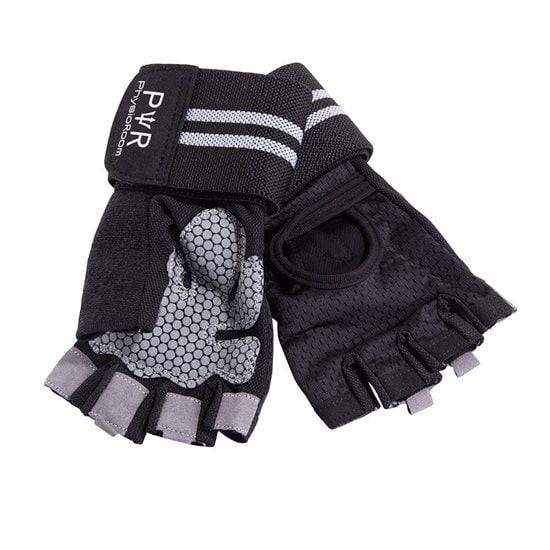
Weighlifting gloves provide hand protection and enhance grip strength. This protective hardware shields your hands from calluses and blisters. It offers a secure grip on weights, such as lifting barbells, reducing the risk of slipping. Grips, often in the form of textured pads or wraps, enhance friction and ensure a firm grasp.
Both protect your hands during lifting, leading to better grip strength. Adding them to your routine can make your experience more comfortable and effective.
4. Clothing
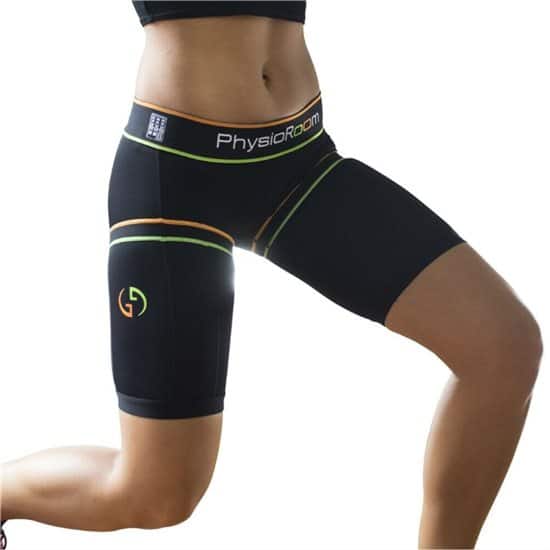
The right workout attire is pivotal for a successful weightlifting session. Comfortable and breathable clothing ensures unrestricted movement and optimal comfort throughout your routine.
Starting from the top, consider moisture-wicking headbands to keep sweat at bay. A breathable, moisture-wicking shirt helps regulate body temperature. For bottoms, opt for flexible shorts or leggings that allow a full range of motion. Compression shorts, for one, provide a snug and comfortable fit, plus muscle support.
Proper footwear, like sturdy athletic shoes, provides stability and support. Don’t overlook the importance of moisture-wicking socks for foot comfort. Wearing the right clothing maximises your comfort, focus, and overall performance.
Choosing the Right Weights
Picking weights that match your fitness level guarantees a workout that’s both challenging and manageable. Understand the difference between free weights and machines. Free weights engage stabilising muscles, promoting overall strength. Examples include dumbbells, barbells, and kettlebell weights. These versatile options engage in stabilising muscles, promoting overall strength and flexibility.
Meanwhile, machines provide guided support and isolate specific muscle groups. Leg press, chest press, and lat pulldown machines exemplify this perfectly. Incorporating both into your routine ensures a well-rounded and effective weightlifting workout.
Progression is key. Start with weights that allow proper form, gradually increasing as strength builds. Consistency is vital; listen to your body and recognise the signs of readiness to advance. A rule of thumb is to add weight when your workout feels challenging. Finding the right balance between challenge and safety ensures a rewarding weightlifting experience. This helps you reach your full potential in every session.
Equipment for Injury Prevention
Discover the key tools for injury prevention in weightlifting. In this section, we delve into the essentials that protect your joints. Elevate your safety measures and lift confidently with the right equipment.
1. Wrist wraps
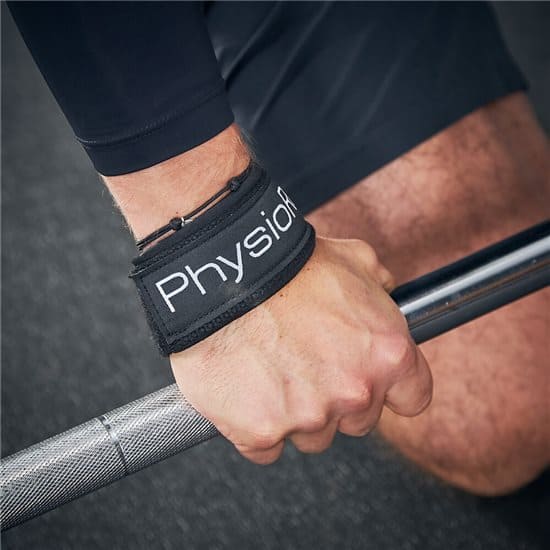
Weightlifting straps or wraps offer support to the wrist joints during heavy lifts. By stabilising the wrists, they reduce the risk of strain and injury. This allows for more controlled and secure movements throughout your workout.
2. Knee sleeves
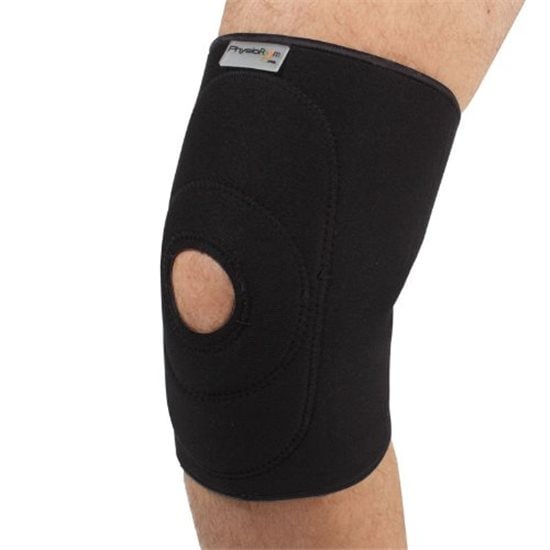
Knee sleeves are indispensable during weightlifting. They offer protection and stability to the knee joints. The compression they provide reduces the likelihood of injuries. Take this Neoprene knee support, for instance. It’s a must-have during exercises that put a strain on knees.
3. Chalk
Chalk is an often-overlooked yet essential item. With the right application, it enhances your grip on the barbell for slipping-free.
To apply, lightly coat your hands, focusing on areas that come in contact with weights. Rub your hands together to spread the chalk evenly, creating a dry surface for an enhanced grip. This simple step helps prevent slipping and ensures a secure hold during your lifts.
4. Barbell clip lock
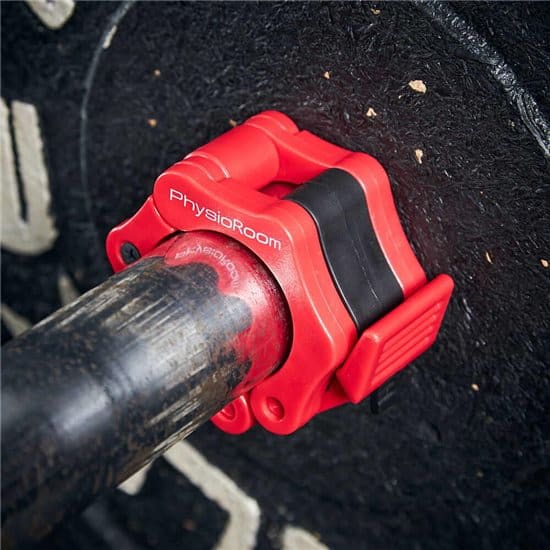
The barbell clamps secure the weights in place. Such accessories help prevent any unexpected movement or dislodging during intense lifting sessions. This ensures a stable and secure lifting environment. The risk of accidents or injuries associated with uncontrolled weight movement is reduced.
Using these safety essentials in your weightlifting routine keeps you safe from injuries. At the same time, lets you create an environment where you can confidently push your limits.
Round-up
To succeed in weightlifting, it’s more than just lifting weights. It’s about using proper gear and safety tools. Embrace learning, listen to your body, and improve your technique. The right equipment makes workouts safer and more effective. Now, with knowledge, step into the weight room confidently. Ready to work towards your fitness goals?
Discover our workout accessories, including top-notch boxing gym equipment, at Physioroom. Up next on your reading list: Gym Essentials For Your Home


